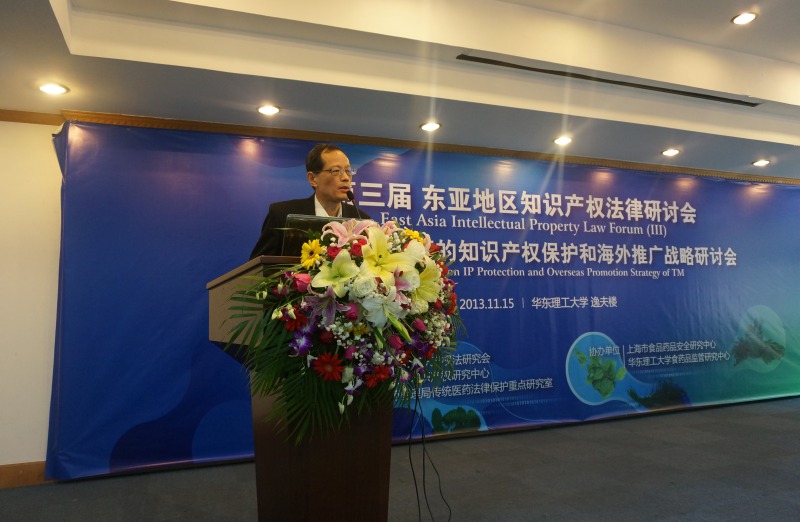The IUCN Tool to Protect Ecosystems-The Red List of Ecosystems
Everyone knows that coralreefs are in danger, and rainforests are disappearing – or do we? What do we actually know in scientific terms? How much of these ecosystems remain, and how likely are they to disappear? The International Union for Conservation of Nature (IUCN) has developed a tool to provide answers to these questions: the IUCN Red List of Ecosystems.
The IUCN Red List of Ecosystems Categories and Criteria is a global standard for how we assess the conservation status of ecosystems, applicable at local, national, regional and global levels. The Red List of Ecosystems evaluates whether ecosystems have reached the final stage of degradation (a state of Collapse),whether they are threatened at Critically Endangered, Endangered or Vulnerable levels, or if they are not currently facing significant risk of collapse (Least Concern). It is based on a set of rules, or criteria, for performing evidence-based, scientific assessments of the risk of ecosystem collapse, asmeasured by reductions in geographical distribution or degradation of the key processes and components of ecosystems.
How can the IUCN Red List of Ecosystems be important for you?
The importance of the IUCN Red List of Ecosystems
The Red List of Ecosystems will be of great value to a number of different sectors, including:
·Conservation: to help identify the priority level for protective actions in ecosystem management, restoration and land use practices, as well as means of rewarding good and improving ecosystem management.
·Natural resource management: to illustrate ecosystem risks under different land use/development scenarios, and offer insights into ecosystems that provide services such as clean water, soil productivity and the availability of natural products.
·Improvement of governance and livelihoods: to inform development of governance systems that improve ecosystem management, livelihood security and social outcomes.
·Macro-economic planning: to highlight both the economic costs of reduced ecosystem services and potential economic benefits of improved ecosystem management.
Objectives and goals of the Red List of Ecosystems
(1)classify theworld ecosystems, and assess the levels;
(2)not only emphasis on the threatened ecosystems, but also the healthy ecosystemsunder good management, which illustrate the best way to manage ecosystems;
(3)establish a"secretariat" to manage RLE and cooperate with IUCN Red List of Threatened Species;
(4)strengthen the ability to establish RLE at local, national, regional and global levels;
(5)strengthen connections between the effective ecosystem management and non-environmental protection sectors(such as national and economic planning, improved livelihoods and the private sector).
Categories and criterias of the Red List of Ecosystems
There are eight categories of risks for each ecosystem. Three of them are assigned on the basis of quantitative thresholds: Critically Endangered (CR), Endangered (EN), and Vulnerable (VU) – together, these categories are described as threatened. These categories are nested, so that an ecosystem type meeting a criterion for Critically Endangered will also meet the criteria for Endangered and Vulnerable. There are four additional qualitative categories accommodated: 1) ecosystems which fail to meet the quantitative criteria for the threatened ecosystem categories (NT, Near Threatened); 2) ecosystems which unambiguously meet none of the quantitative criteria (LC, Least Concern); 3) ecosystems for which too few data exist to apply any criterion (DD, Data Deficient); and 4) ecosystems which have not yet been assessed (NE, Not Evaluated). An additional category (CO, Collapse) is assigned to ecosystems that have collapsed throughout their distribution, the analogue of the extinct (EX) category for species proposed by IUCN.
next:International legal status of human genetic resources: the revelation to legalization of china


